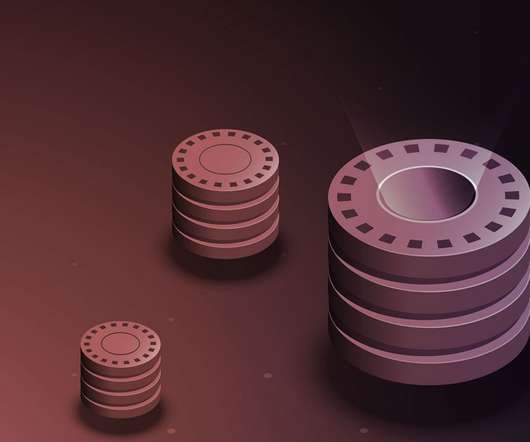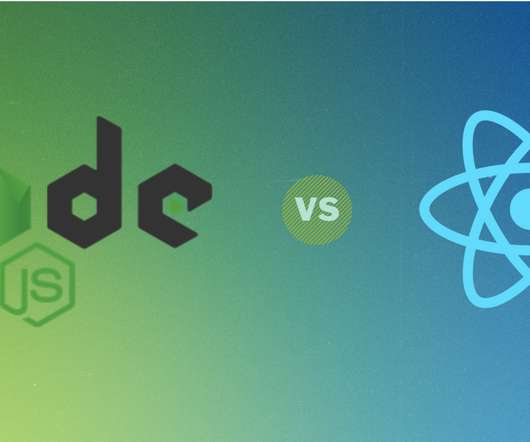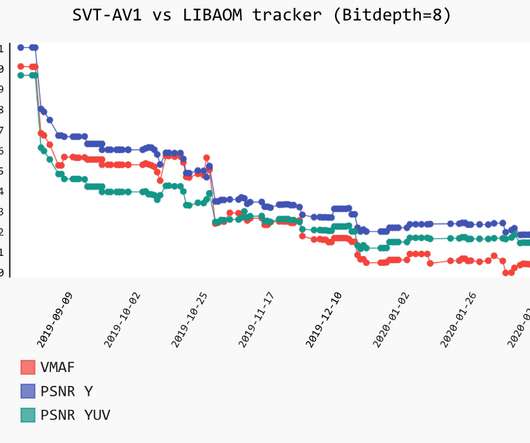Redis vs. Memcached – 2021 Comparison
Scalegrid
APRIL 23, 2021
Redis stands for REmote DIctionary Server, created in 2009 by Salvatore Sanfilippo. Both Redis and Memcached are: NoSQL in-memory data structures Written in C Open source Used to speed up applications Support sub-millisecond latency In 2014, Salvatore wrote an excellent StackOverflow post on […].































Let's personalize your content